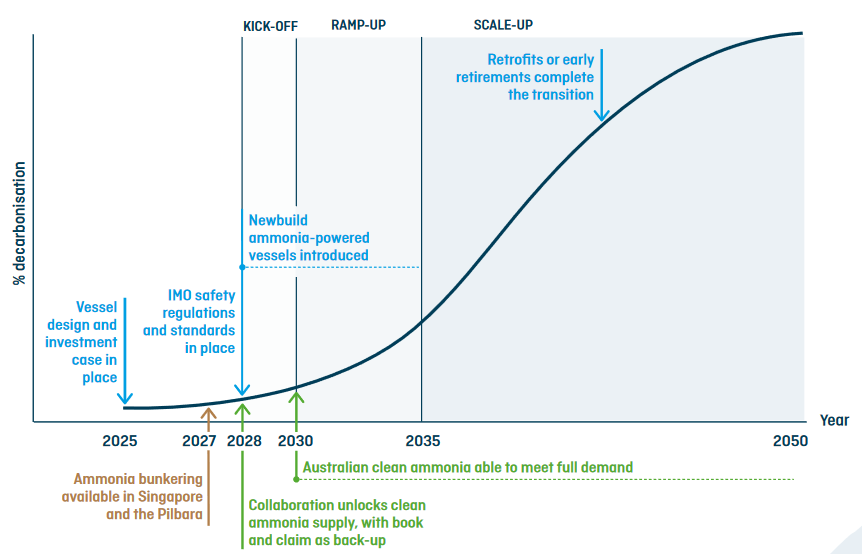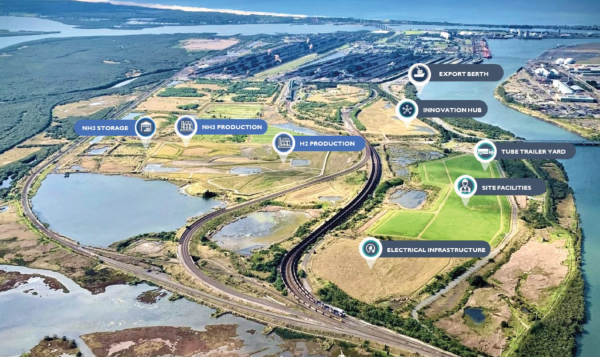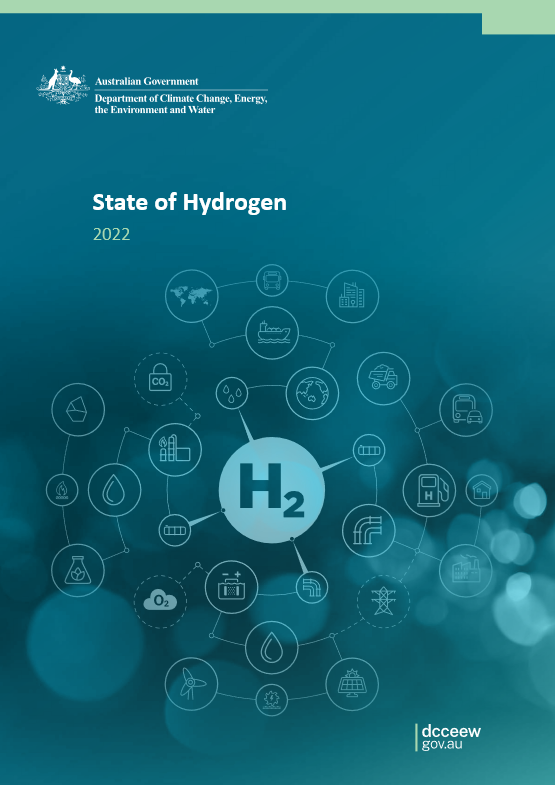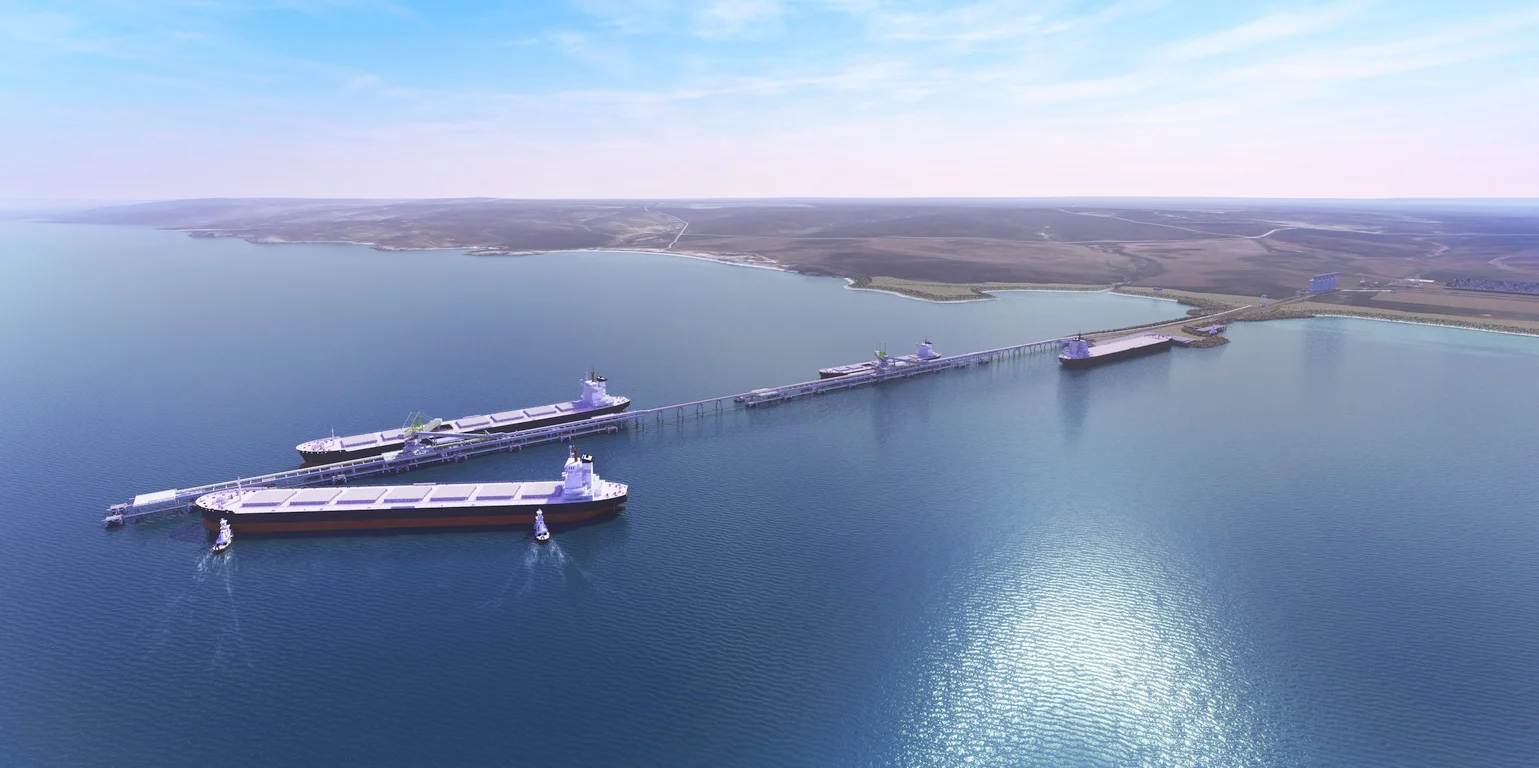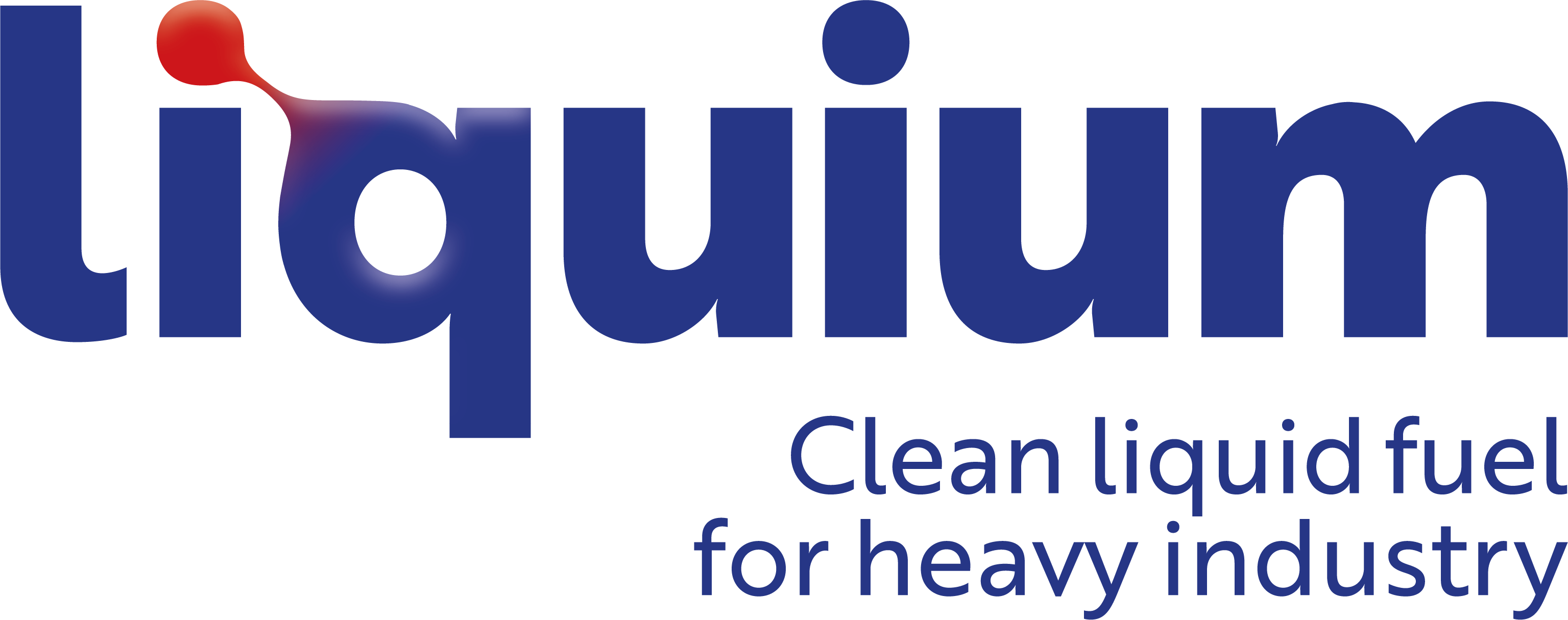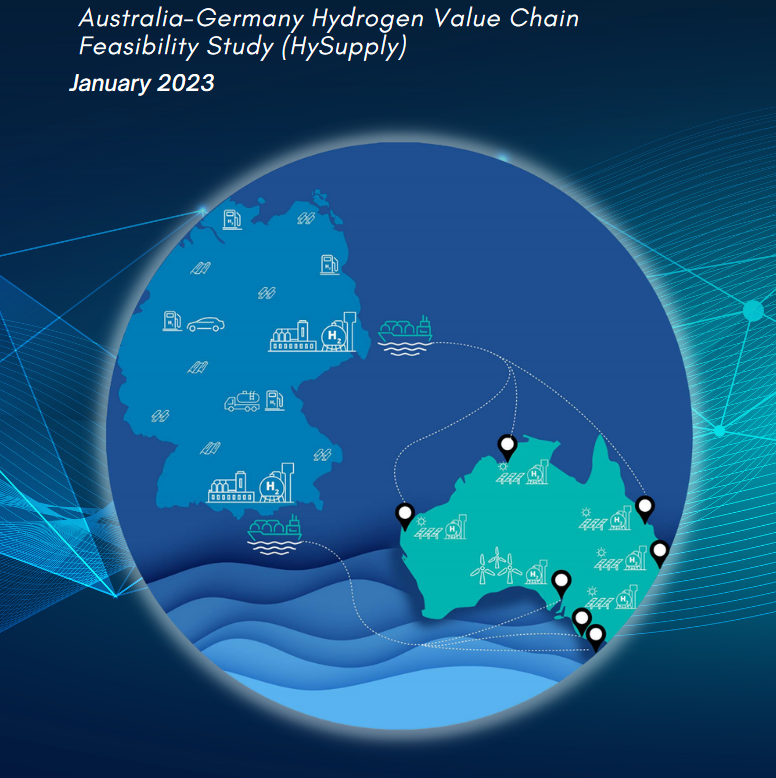The Pilbara Hydrogen Hub
The West Australian state government has allocated land to four organisations as it progresses development of the Pilbara Hydrogen Hub. Fortescue Future Industries, Yara, Hexagon and Perdaman have all been selected to participate, adding to the list of ammonia projects already underway in the region.


